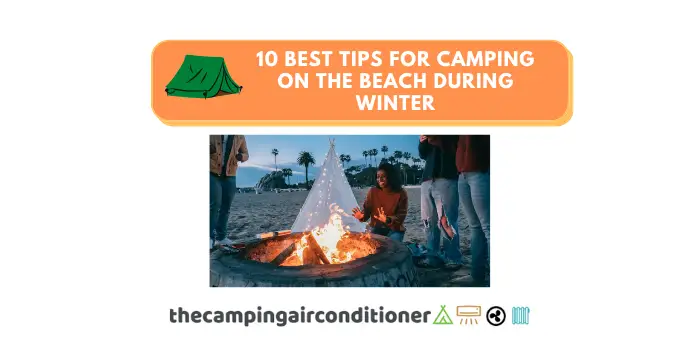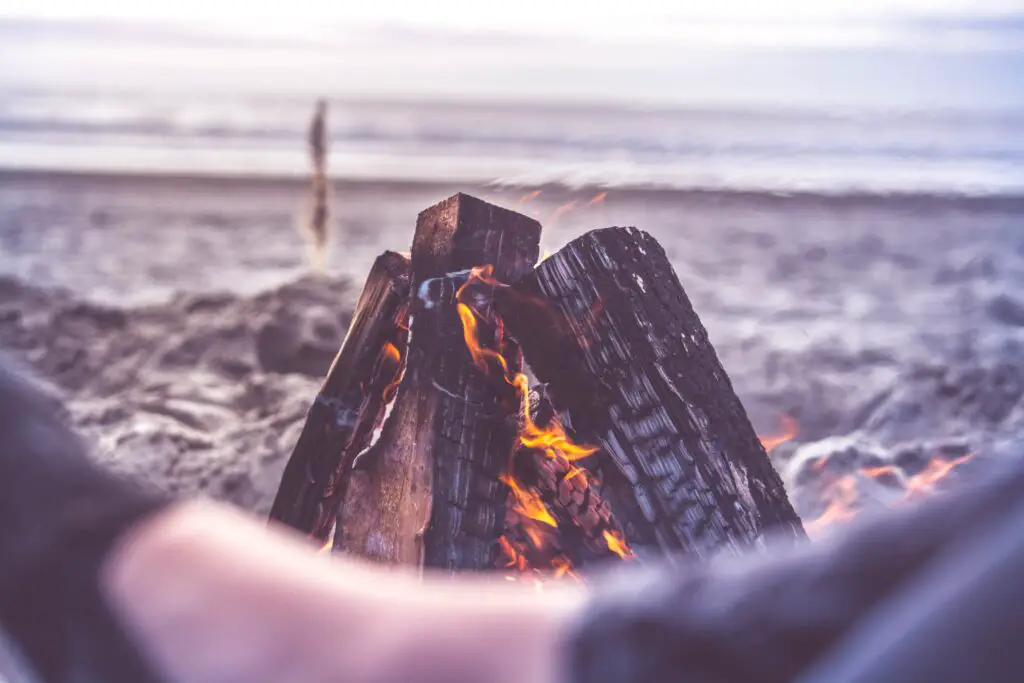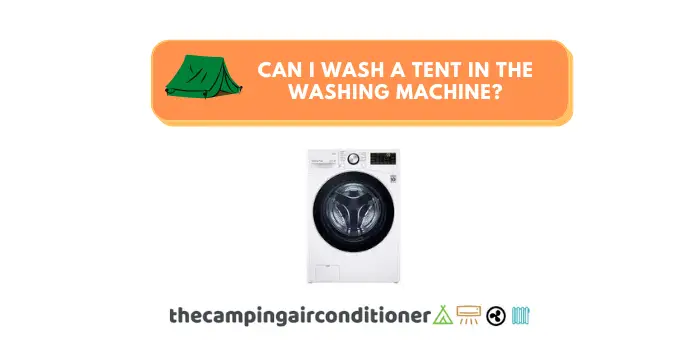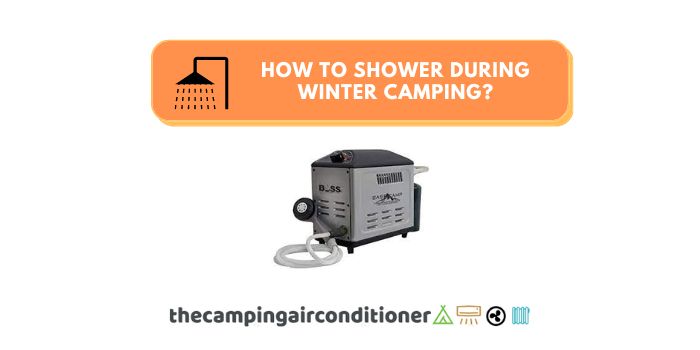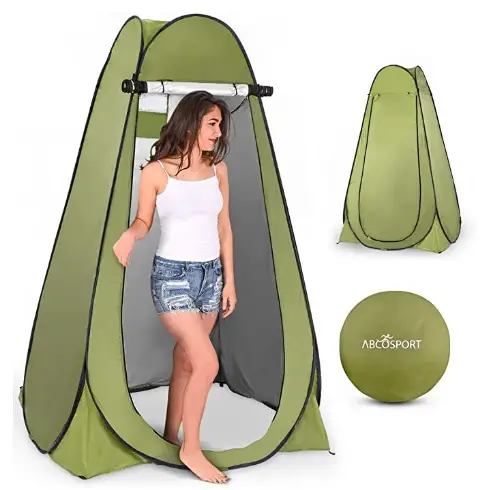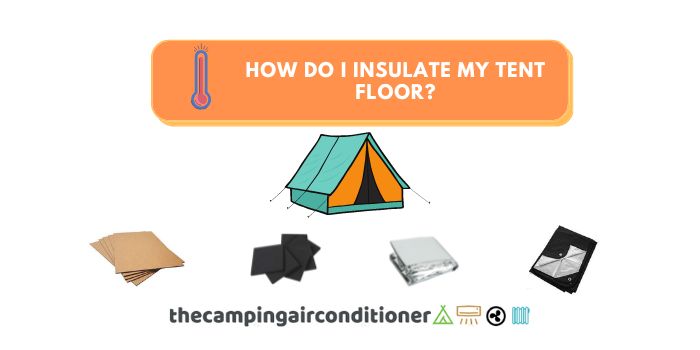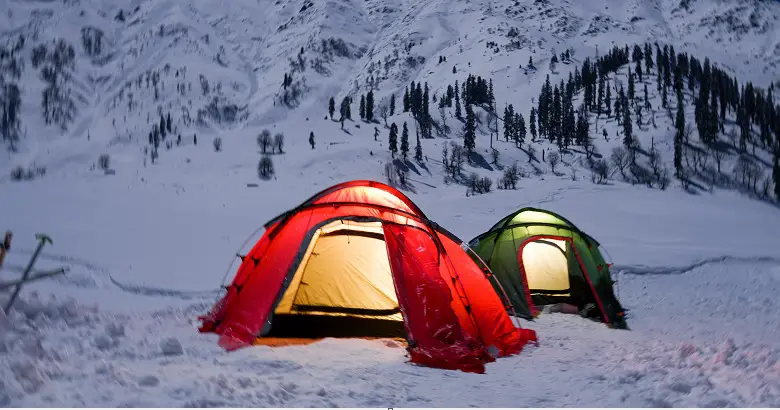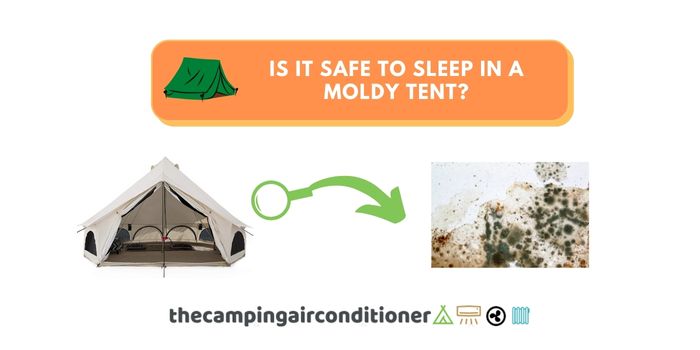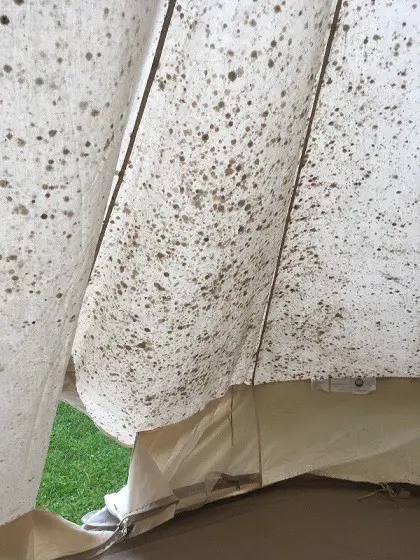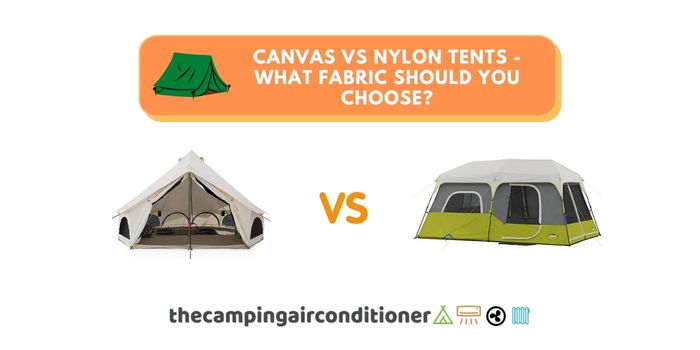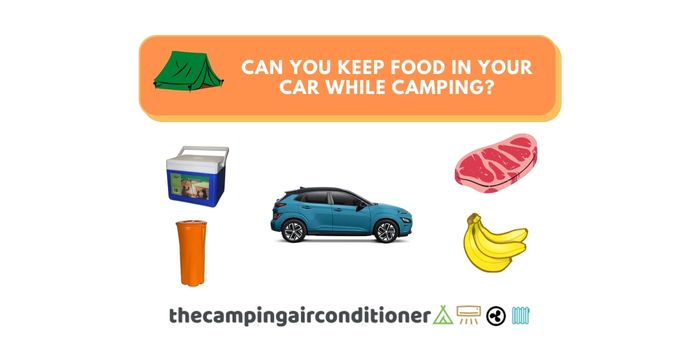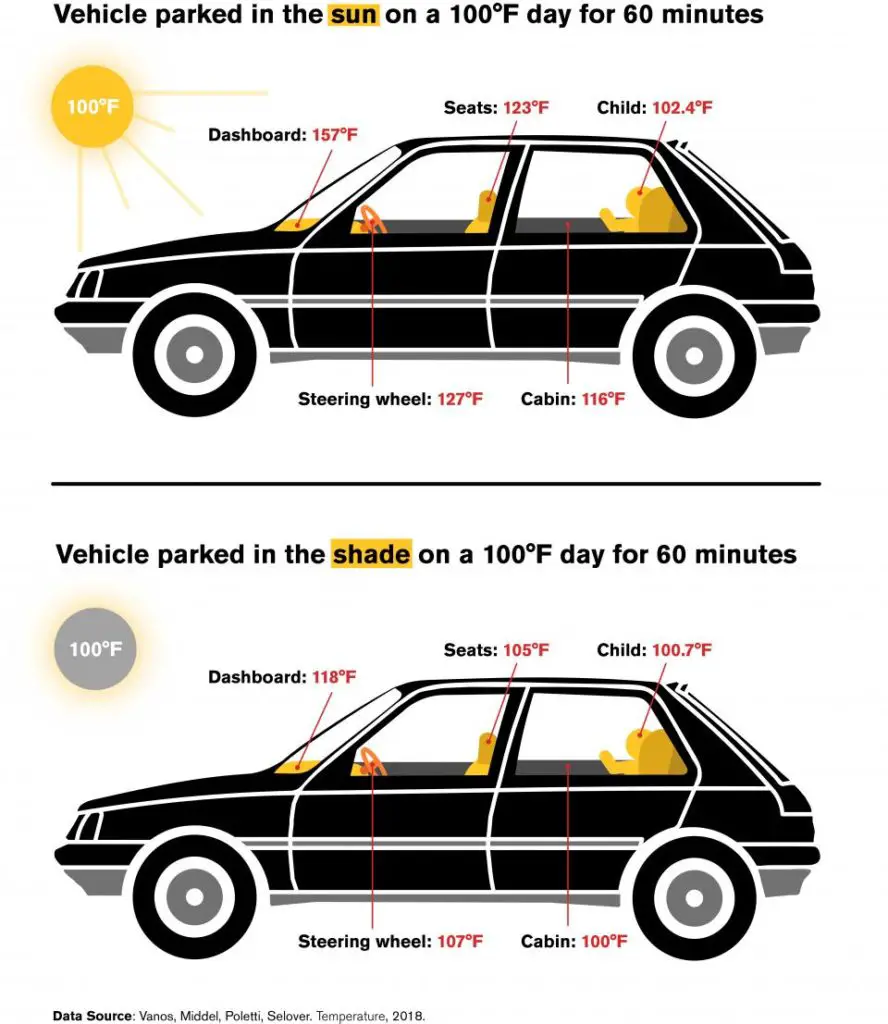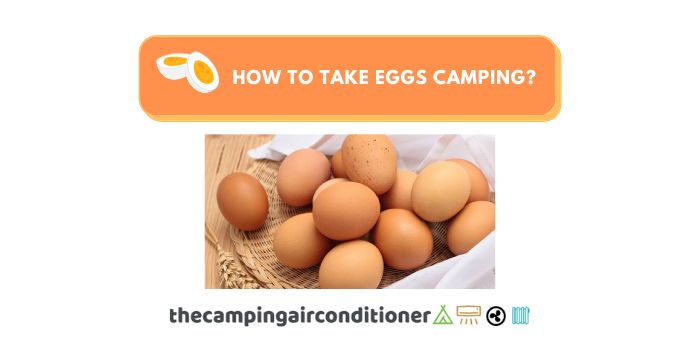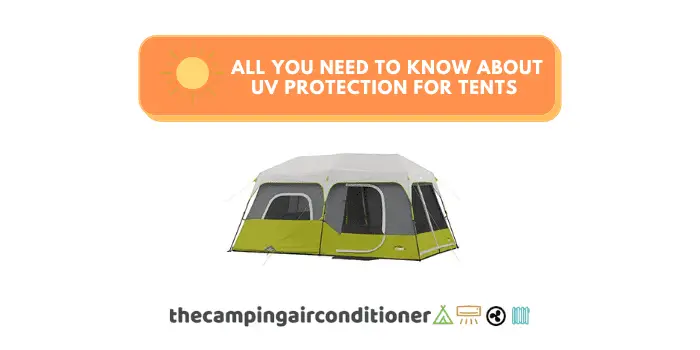Can You Use a Yoga Mat as a Sleeping Pad? (Avoid Back Pain!)
One of my fondest memories is the first time I bought camping gear. I made sure to save up and buy the best gear available. And because of this, most of the gear I bought lasted me a couple of years and dozens of camping trips.
But one day, as I was packing up my gear, I noticed that my sleeping pad was ripped and couldn’t be used. And since I didn’t have time to buy a new one, I had to figure out what to use as an alternative.
At the time, the only thing I had was a yoga mat. However, most of the people I asked and the forums I went on stated that using a yoga mat as a sleeping pad wasn’t the best idea. And when I tried it out myself, I saw why.
If you don’t have a sleeping pad for your next camping trip, I don’t recommend a yoga mat. And in this article, I’ll explain why so you don’t make the same mistake as me.
Read on to learn more.
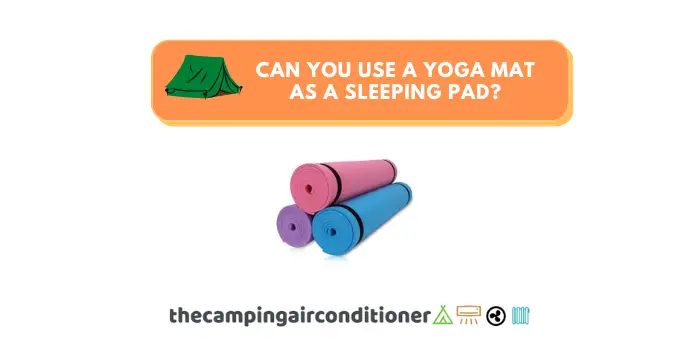
By the way, The Camping Air Conditioner is sponsored by readers. When you buy through one of our links, we may earn an affiliate commission at no extra cost to you.
Can I Use a Yoga Mat As a Sleeping Pad?
Let’s get one thing straight. If you don’t have anything else to lie on, a yoga mat will probably be better than laying flat on the floor. That being said, I don’t recommend yoga mats, especially if you’re after a comfortable night’s sleep.
Yoga mats are designed to make it more comfortable when working out and doing yoga. They are made to provide your body with a solid surface that is just soft enough to be a better option than working out or doing yoga on the floor.
However, unlike sleeping pads and mattresses, yoga mats will not try to accommodate the shape of your body while sleeping, which is where the problems will start to arise.
The only semi-decent position to sleep in when using a yoga mat is laying flat on your back. If you’re a side sleeper, you’ll have a very uncomfortable night’s sleep.
Why You Shouldn’t Use a Yoga Mat as A Sleeping Pad
The first reason yoga mats aren’t the best sleeping pad alternatives is their design. Most of the camping gear you find, from a rainfly to sleeping pads, are designed for a highly specific purpose. This is why it feels very comfortable to lay down on a sleeping pad, even if you are in less-than-ideal conditions.
However, this isn’t the only reason yoga mats are a bad option for people needing a sleeping pad alternative, and here’s why.
Comfort
Before you try using a yoga mat as a sleeping pad, you have to ask yourself why you need a sleeping pad in the first place. You need a sleeping pad in your camping kit because it allows you to feel more comfortable when laying down.
These pads are designed to support your body and make sure you aren’t in an uncomfortable position while sleeping. Yoga mats aren’t designed to do this. These flat mats offer some cushioning but won’t offer that much support, which is why they will quickly start to be very uncomfortable to sleep on.
Here is a great sleeping pad I would recommend over a yoga mat.
- Comfortable and spacious
- 4 Season pad with optimal insulation
- Fast inflation and deflation
- Lightweight and durable
Again, a yoga mat could work if you have no other choice. However, you will notice that you won’t feel nearly as comfortable as you would if you were on a sleeping pad. If you do decide to drink while camping, however, that might make your experience sleeping on a yoga mat a little bit better.
Insulation
Insulating your tent is very important when camping. This is relevant both during the winter when you want to keep the cold air away and during the summer when you want to keep the heat away from the tent. And one of the best ways to keep your tent insulated during the day and the night is by using a sleeping pad.
Aside from cushioning and support, sleeping pads offer insulation. With a yoga mat, you will get very minimal insulation. This is why the only times that using a yoga mat as a sleeping pad would be a good idea is if you’re camping in a warm climate and don’t have access to a sleeping pad.
Portability
When camping, it’s important to pack as light as possible while still bringing all the essentials. And when it comes to yoga mats, you can’t fold them the same way you could with a sleeping pad unless you want to damage them, which makes them awkward to carry if you need to reach your camping site on foot.
When Can You Use a Yoga Mat as a Sleeping Pad?
If you have no other option, that would be the only time I would say it is a good idea to use a yoga mat to replace the need for a sleeping pad. Additionally, you should also only use a yoga mat under these circumstances if you’re camping on the beach during the summer months.
If you’re planning on camping on the beach during the winter, you’ll be cold during the night, which will make the camping trip an unpleasant experience, to say the least.
Things to look for in a camping yoga mat:
- Thickness (ideally as thick as possible)
- Lightweight and easy to carry around
- Resilient to general wear and tear and poor weather conditions
We did some research, and below is the best yoga mat you can buy if you’re going camping. It’s thick and resilient and is better than a lot of the yoga mats you’ll find on the market.
- 71" long 24" wide ensures comfort for people of all shapes and sizes.
- Double-sided non-slip surfaces
- Exceptional resilience making it perfect for camping
- Easy strapping and light weight design
Conclusion
Yoga mats are great for working out on them or doing yoga, however, they are far from the best option when it comes to sleeping on one during your camping trip. You’ll quickly find how uncomfortable they are to sleep, which will not only ruin your night’s sleep but make you feel sore in the morning.
The only times I would consider a yoga mat instead of a sleeping pad would be during the summer as I won’t need that much insulation anyway and if I have no other choice. The yoga mat is still better than sleeping flat on the floor.



